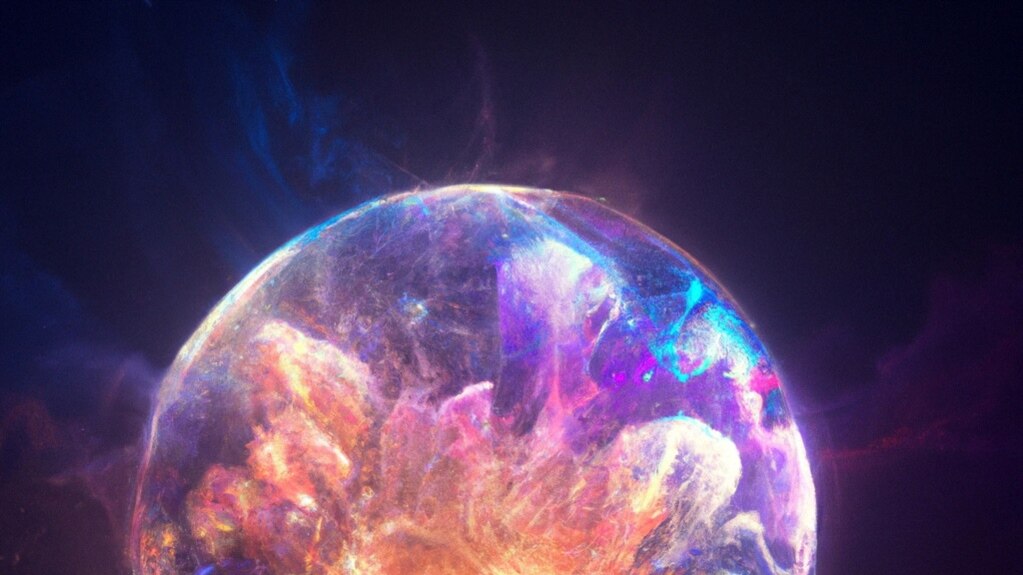Space scientists say they have identified what might be the "perfect explosion," but much work remains to fully explain the observation.
The explosion, called a kilonova, was observed in 2017 and has been studied carefully since then.
Astronomers say a kilonova happens when two neutron stars crash into each other. The rapidly growing explosion that they described went beyond the researchers’ expectations. The event led to the formation of a black hole: an object with so much gravity that even light cannot escape it.
The two neutron stars had a combined mass of 2.7 times that of our sun. They orbited each other for billions of years before crashing into each other at a high speed and exploding.
This event took place in a galaxy called NGC 4993. The galaxy is at least 140 million light years away from Earth in the direction of the constellation Hydra. A light year is the distance light travels in a year.
Astronomers used the European Southern Observatory's Chile-based Very Large Telescope to study the kilonova.
‘Back to the drawing board’
The existence of kilonova explosions was proposed in 1974. The theory was confirmed in 2013. But astronomers did not know what they looked like until one was identified in 2017 and studied carefully.
"It is a perfect explosion in several ways. It is beautiful...in the simplicity of the shape, and in its physical" importance, said Albert Sneppen of the Cosmic Dawn Center in Copenhagen, Denmark. Sneppen was the lead writer of the research published in Nature.
The researchers had expected the explosion to look flat and round, with a jet of material coming out of it.
"To be honest, we are really going back to the drawing board with this," said study co-writer Darach Watson of the Cosmic Dawn Center.
"Given the extreme nature of the physical conditions...there may well be fundamental physics here that we don't understand yet," Watson added.
The two neutron stars began their lives as large normal stars in a two-star system called a binary system. Each exploded and collapsed after running out of fuel, leaving behind a small and dense center, or core, only 20 kilometers across.
The neutron stars then slowly drew nearer to each other. They were then stretched out and pulled apart because of the power of the other's gravity. Their inner parts crashed into each other at about 25 percent of the speed of light, creating the most intense magnetic fields in the universe. The explosion released the luminosity of a billion suns for a few days.
The two briefly formed a single massive neutron star that then collapsed to form a black hole.
The outer parts of the neutron stars, however, were stretched into long streamers, with some material flying off into space. During the process, the densities and temperatures were so strong that they created heavy elements, including gold, platinum, arsenic, uranium and iodine.
Sneppen used the term challenge, meaning a difficult task or problem, to talk about the findings, which are hard understand.
"This is fundamentally astonishing, and an exciting challenge for any theoreticians and numerical simulations," Sneppen said. "The game is on."
I’m John Russell.

